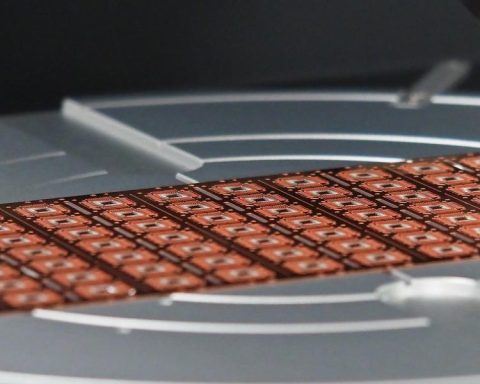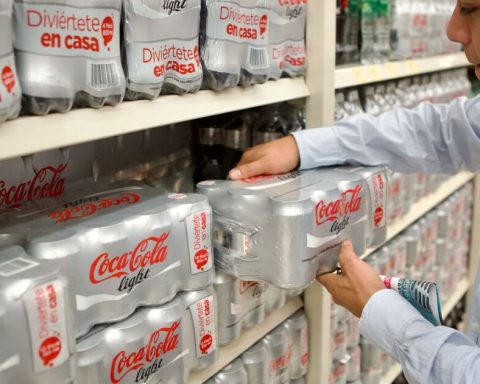The US goods trade deficit widened to a record in March, likely as companies worried about shortages brought forward imports after Russia’s invasion of Ukraine, raising the risk that economic growth would stall in the first trimester.
Wednesday’s Commerce Department report also showed solid increases in retail and wholesale inventories. That could offset some of the impact on gross domestic product growth from the huge trade gap.
The data prompted economists to lower their already low estimates of GDP expansion for the first quarter to show the economy barely growing or even contracting. The government is due to publish its first GDP data for the first quarter on Thursday. Economists warned against reading too much into any number as it could be a misleading picture of the economy.
“While first-quarter GDP growth looks weak overall, final domestic sales performed quite well during the quarter,” said Daniel Silver, an economist at JPMorgan in New York.
The goods trade deficit jumped 17.8% to an all-time high of $125.3 billion. The increase was probably due to both higher volumes and prices. Goods imports accelerated 11.5% to $294.6 billion. They were boosted by a 15% rise in imports of industrial supplies, which include petroleum products.
Imports of consumer goods grew by 13.6%, while those of motor vehicles increased by 12%. There were also solid gains in imports of food and capital goods.
The advancement of imports related to the war between Russia and Ukraine likely drove much of the increase in imports, at a time when companies increased inventories of basic goods and finished goods in anticipation of possible shortages,” Goldman Sachs said in a statement. a note.
Goods exports rose 7.2% to $169.3 billion. They were led by a 12.3% rise in shipments of industrial inputs. Motor vehicle exports advanced by 8.4%. There were also increases in exports of food, capital and consumer goods.
Inventory increase
The increase in imports is being driven by companies replenishing inventories in a context of strong domestic demand. Wholesale inventories rose 2.3% in March after advancing 2.6% in February. Retail inventories rose 2% after gaining 1.5% in February. Excluding motor vehicles, retail inventories increased 2.3% after rising 1.5% in February.















